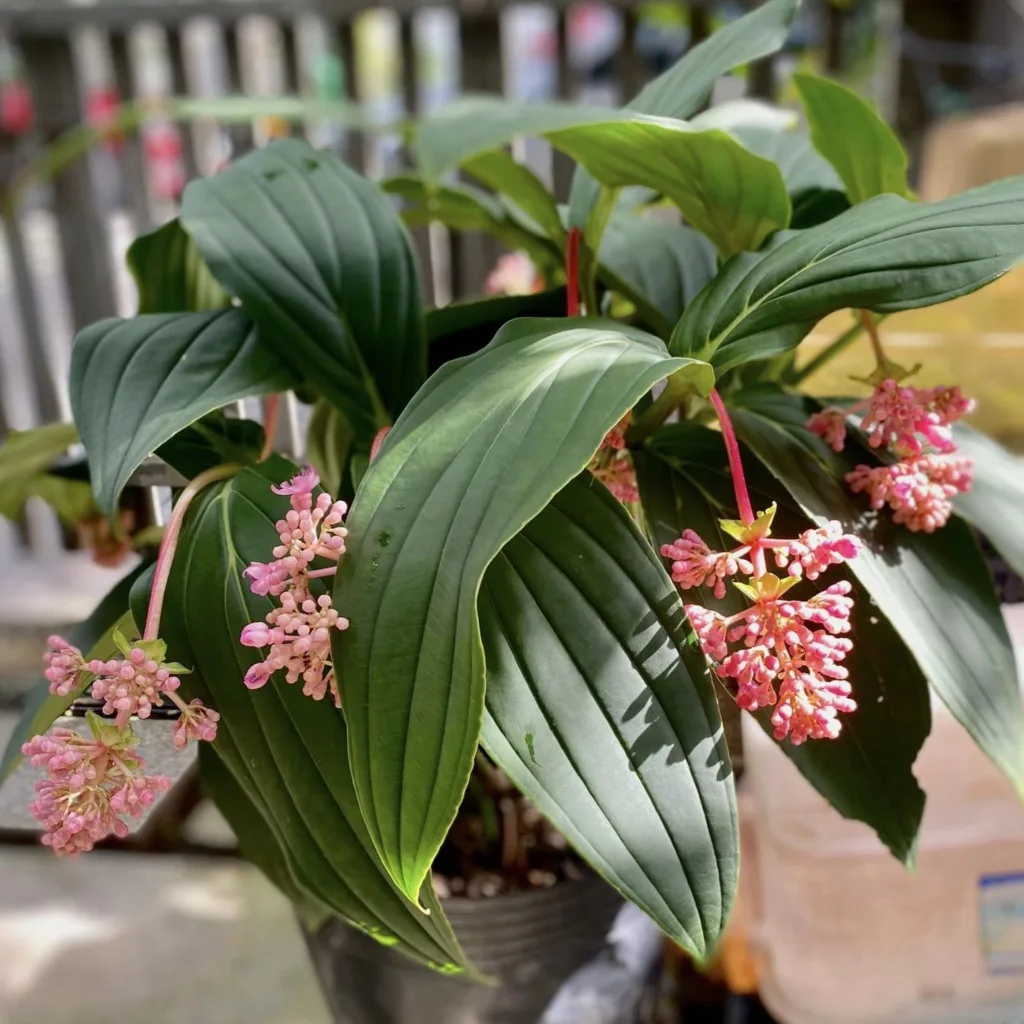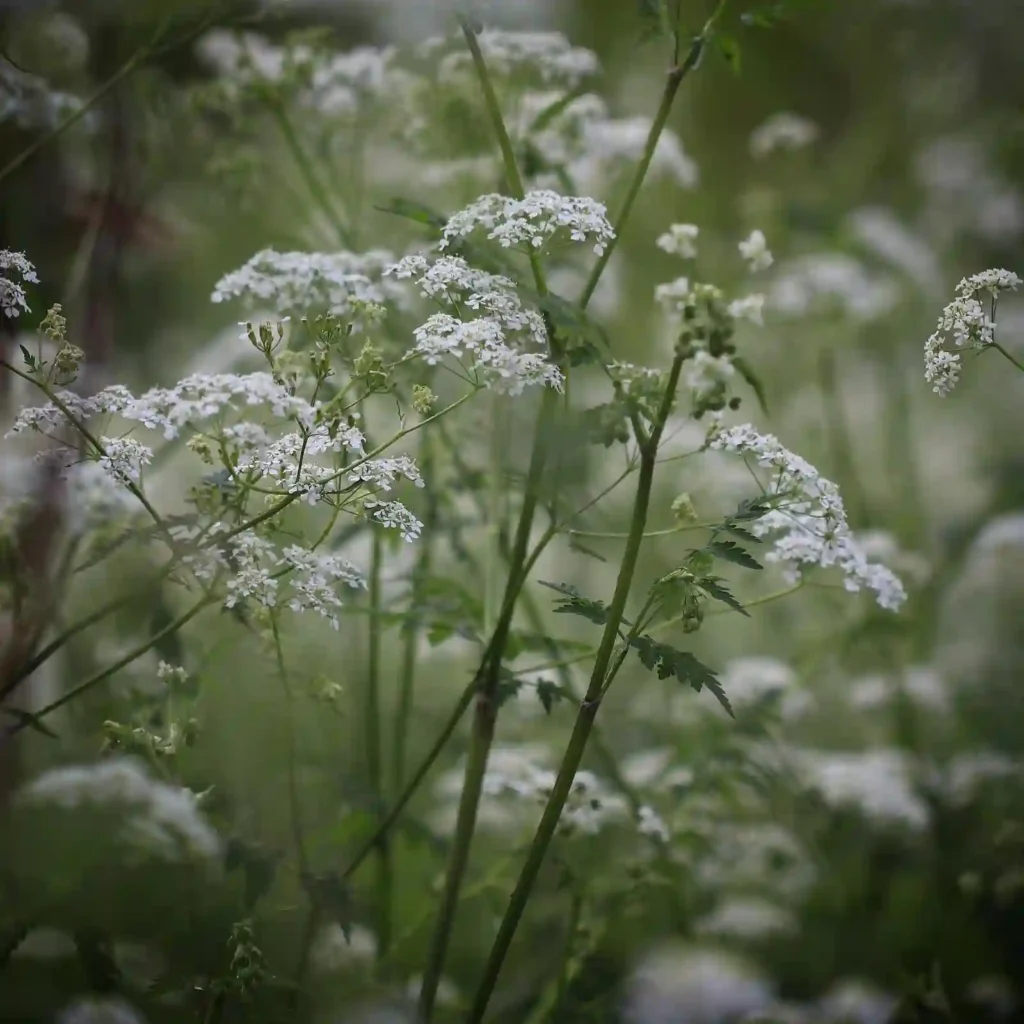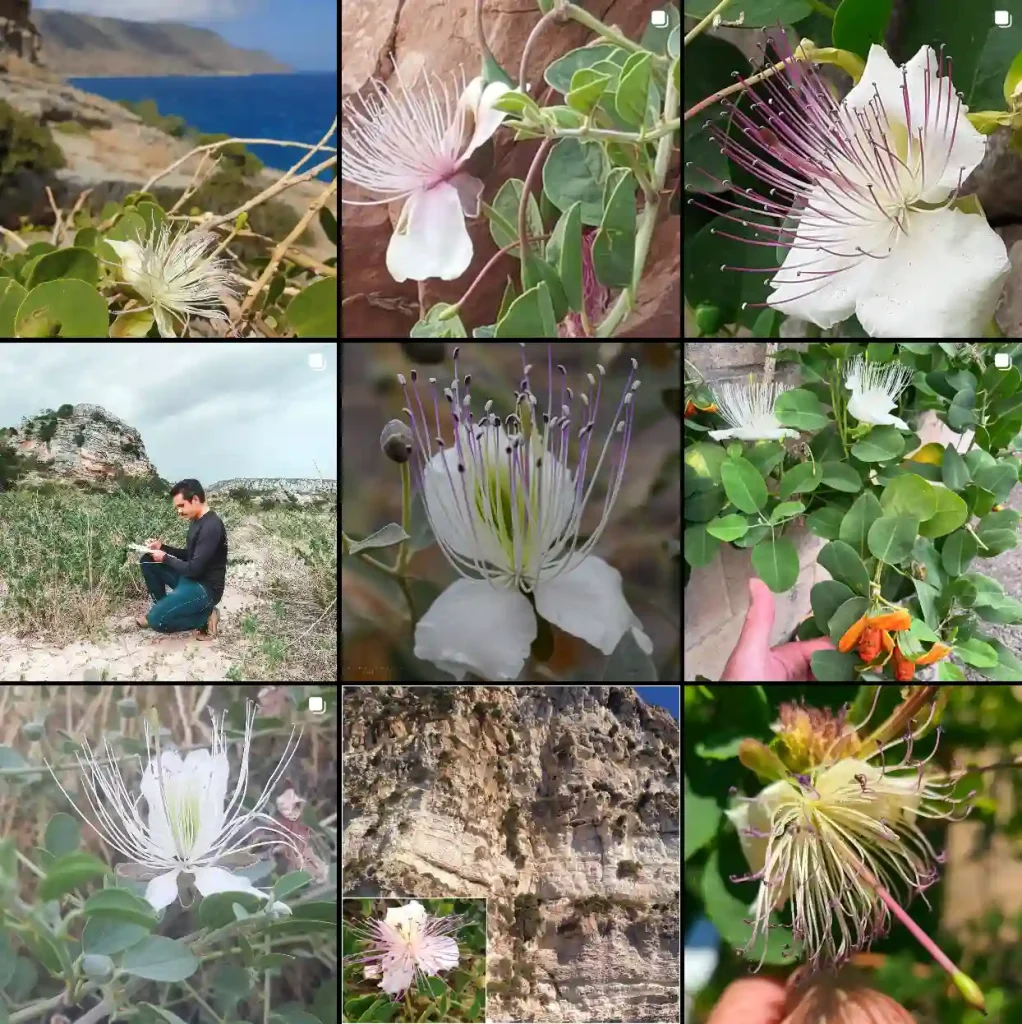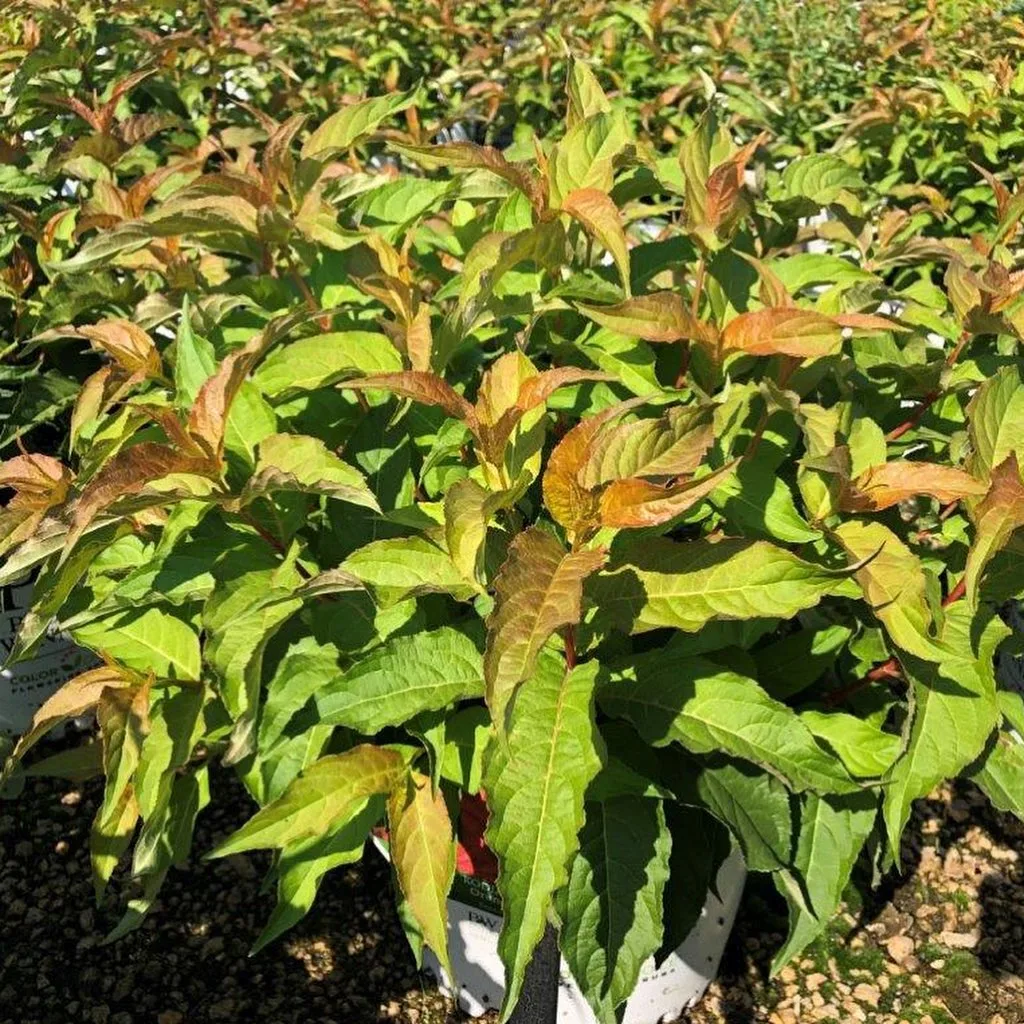What Is Symphyotrichum Shortii?
Symphyotrichum Shortii, commonly known as Short’s Aster, is a charming perennial native to the southeastern United States. Its standout feature is its striking clusters of small, lavender to violet flowers that bloom in late summer to fall. The plant typically reaches a height of 1 to 2 feet and has a compact, bushy growth habit. It thrives in various soil types and can handle both sun and partial shade, making it a versatile choice for garden landscapes.
114 Species in Genus Symphyotrichum
How to Care for Symphyotrichum Shortii?
Caring for Symphyotrichum Shortii is relatively straightforward, which is one reason I appreciate this plant so much. Here are some key tips:
- Sunlight: It prefers full sun to partial shade. In hotter climates, a bit of afternoon shade can help it stay healthy and vibrant.
- Soil: It grows best in well-drained soil but can tolerate a range of soil types, including clay and sandy soils. Adding organic matter can enhance soil fertility and drainage.
- Watering: While it’s relatively drought-tolerant once established, regular watering during dry spells helps keep the plant thriving. Avoid overwatering as it can lead to root rot.
- Fertilizing: A light application of a balanced fertilizer in early spring can support healthy growth and abundant blooms. Over-fertilizing can lead to excessive foliage at the expense of flowers.
- Pruning: Deadhead spent blooms to encourage more flowering and prevent the plant from becoming leggy. Cutting back the stems in late fall or early spring can help maintain a tidy appearance and promote vigorous growth.
How to Propagate Symphyotrichum Shortii?
Propagating Symphyotrichum Shortii can be a fun and rewarding process. Here’s how I usually go about it:
- Division: The easiest method is to divide the plant in early spring or late fall. Dig up the plant, separate it into smaller clumps, and replant each division in its new spot.
- Seeds: You can also propagate from seeds. Collect seeds after the flowers have faded, and sow them in a seed tray or directly in the garden. They need light to germinate, so press them gently into the soil without covering them.
- Cuttings: Taking cuttings in late summer can also work. Snip healthy stems, dip them in rooting hormone, and plant them in a pot with well-draining soil. Keep them moist until they develop roots.
What to Plant With Symphyotrichum Shortii?
I love pairing Symphyotrichum Shortii with a variety of companion plants to create a dynamic garden bed. Some great choices include:
- Echinacea: The bright coneflowers complement the asters’ colors and add a different texture to the garden.
- Sedum: The fleshy leaves and late-season blooms of sedum create a nice contrast with the aster’s delicate flowers.
- Coreopsis: The cheerful yellow blooms of coreopsis provide a vibrant contrast and extend the blooming season.
- Penstemon: Their tall spikes of flowers add vertical interest and harmonize well with the aster’s compact growth.
Is Symphyotrichum Shortii Toxic?
No, Symphyotrichum Shortii is not considered toxic to pets or humans. It’s a safe choice for gardens where children and pets might be present. However, as with any plant, it’s always good to supervise pets to prevent them from chewing on or ingesting garden plants.
Benefits of Growing Symphyotrichum Shortii
Growing Symphyotrichum Shortii offers several benefits:
- Aesthetic Appeal: Its beautiful, late-season blooms brighten up gardens when many other plants have finished flowering.
- Pollinator Friendly: It attracts bees, butterflies, and other beneficial insects, enhancing the biodiversity of your garden.
- Low Maintenance: It’s relatively low-maintenance, making it a great option for busy gardeners or those new to gardening.
Common Problems and Solutions
While Symphyotrichum Shortii is generally easy to care for, you might encounter a few issues:
- Powdery Mildew: This fungal disease can cause a white, powdery coating on leaves. Improve air circulation around the plant and avoid overhead watering to reduce the risk. Fungicidal sprays can help if the problem persists.
- Flopping: In rich soil or overly sunny conditions, the plant might become leggy and flop over. Staking or cutting back the plant in early summer can help maintain a more upright growth habit.
Compare With Other Similar Plants
Symphyotrichum Shortii is often compared to other asters like Aster novae-angliae (New England Aster) and Aster lateriflorus (Side Flowering Aster). Here’s a quick comparison:
- Aster novae-angliae: Generally taller and more robust than Symphyotrichum Shortii, with larger flowers.
- Aster lateriflorus: Has a more sprawling habit with flowers that grow along the sides of the stems, contrasting with the more upright growth of Shortii.
Conclusion
Incorporating Symphyotrichum Shortii into your garden can enhance your outdoor space with its vibrant, late-season blooms and low-maintenance requirements. Whether you’re a seasoned gardener or a beginner, this aster variety is a reliable choice that adds both beauty and ecological value to your garden.
If i die, water my plants!



